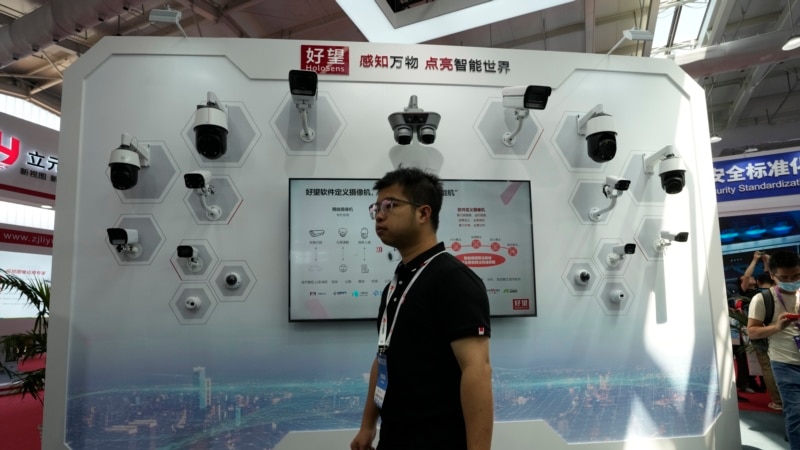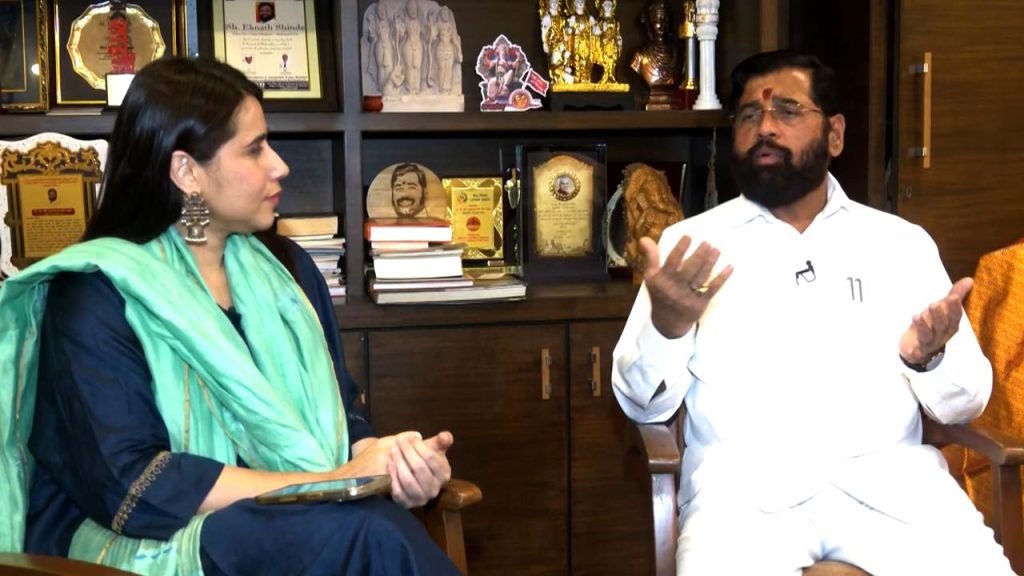‘Alien’ Signal Decoded
An anonymous reader quotes a report from the European Space Agency: White dots arranged in five clusters against a black background (PNG). This is the simulated extraterrestrial signal transmitted from Mars and deciphered by a father and a daughter on Earth after a year-long decoding effort. On June 7, 2024, media artist Daniela de Paulis received this simple, retro-looking image depicting five amino acids in her inbox. It was the solution to a cosmic puzzle beamed from ESA's ExoMars Trace Gas Orbiter (TGO) in May 2023, when the European spacecraft played alien as part of the multidisciplinary art project 'A Sign in Space.' After three radio astronomy observatories on Earth intercepted the signal, the challenge was first to extract the message from the raw data of the radio signal, and secondly to decode it. In just 10 days, a community of 5000 citizen scientists gathered online and managed to extract the signal. The second task took longer and required some visionary minds.
US citizens Ken and Keli Chaffin cracked the code following their intuition and running simulations for hours and days on end. The father and daughter team discovered that the message contained movement, suggesting some sort of cellular formation and life forms. Amino acids and proteins are the building blocks of life. Now that the cryptic signal has been deciphered, the quest for meaning begins. The interpretation of the message, like any art piece, remains open. Daniela crafted the message with a small group of astronomers and computer scientists, with support from ESA, the SETI Institute and the Green Bank Observatory. The artist and collaborators behind the project are now taking a step back and witnessing how citizen scientists are shaping the challenge on their own.
Read more of this story at Slashdot.









